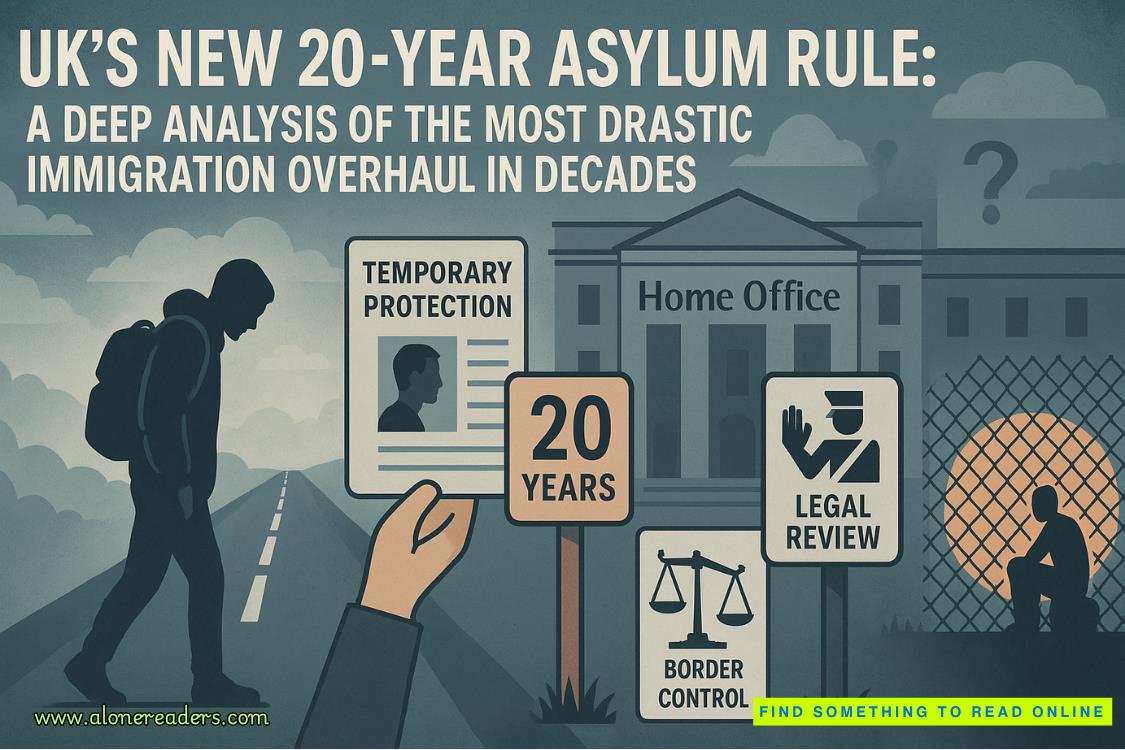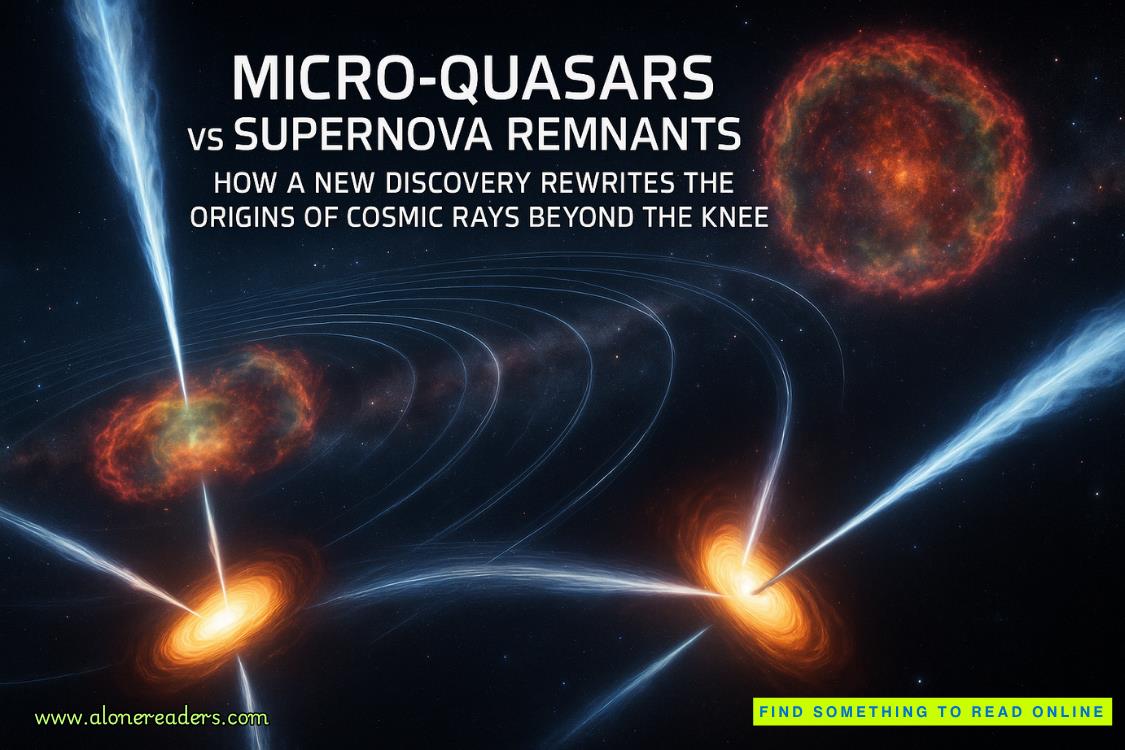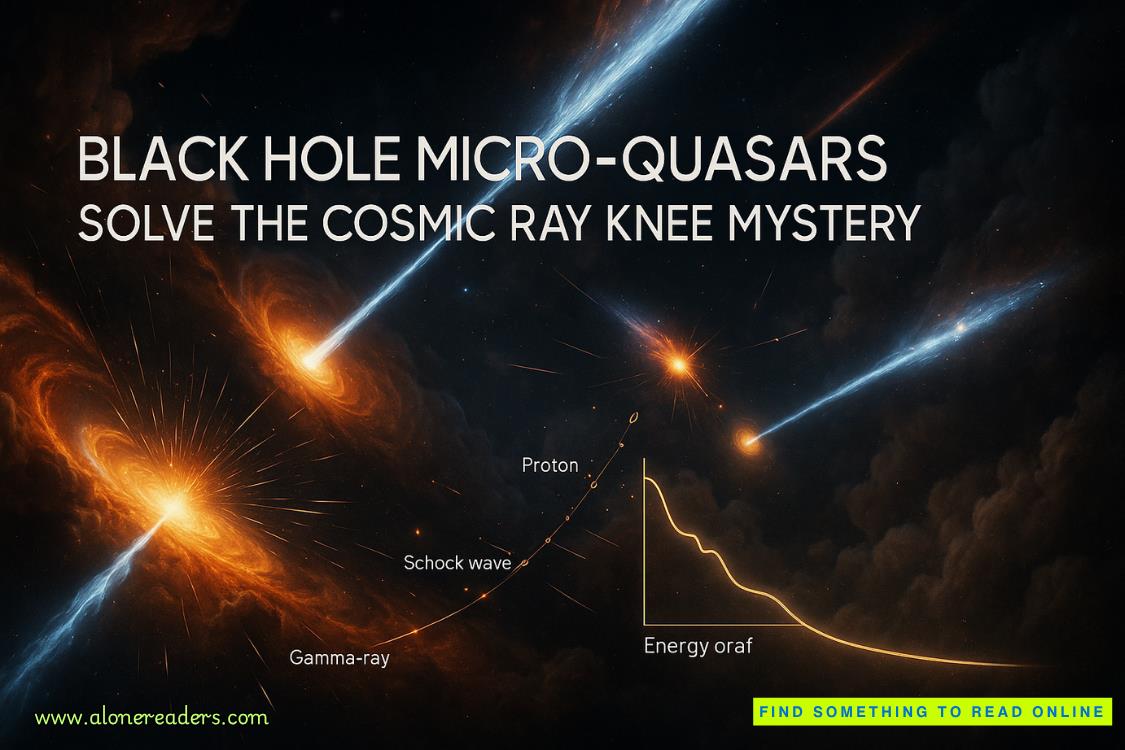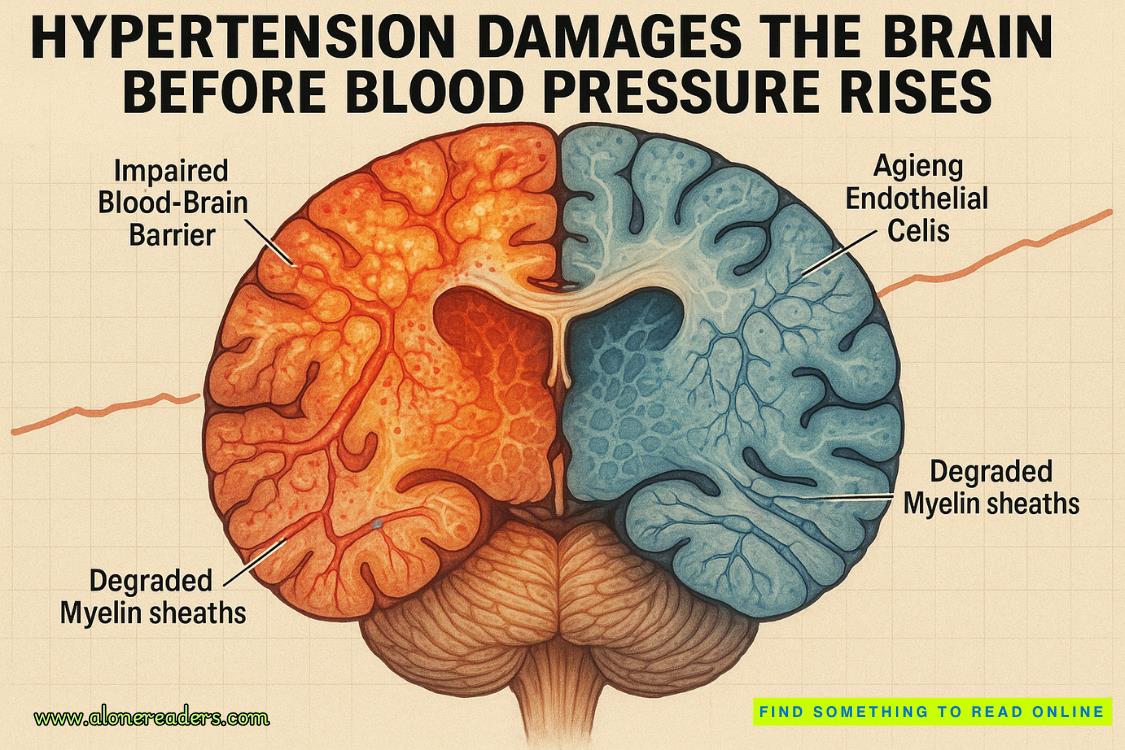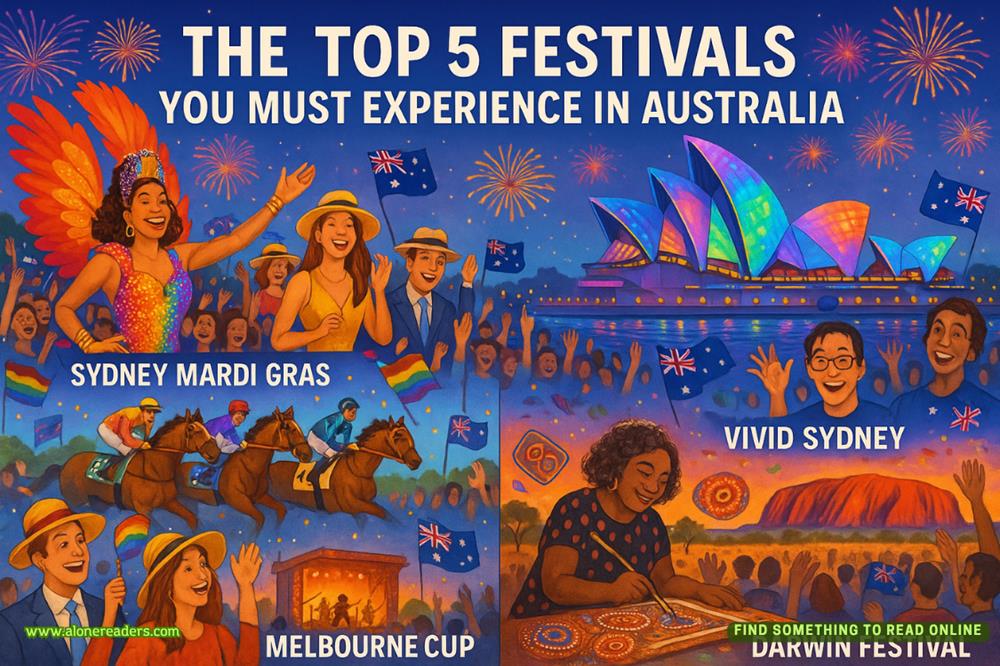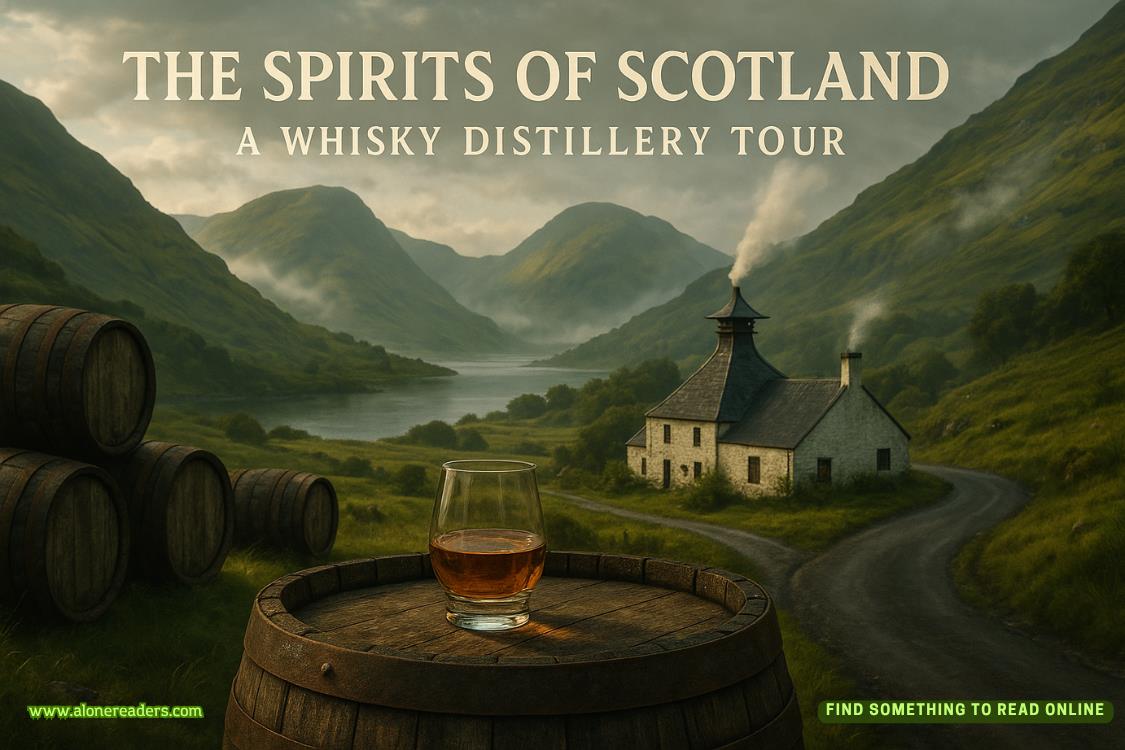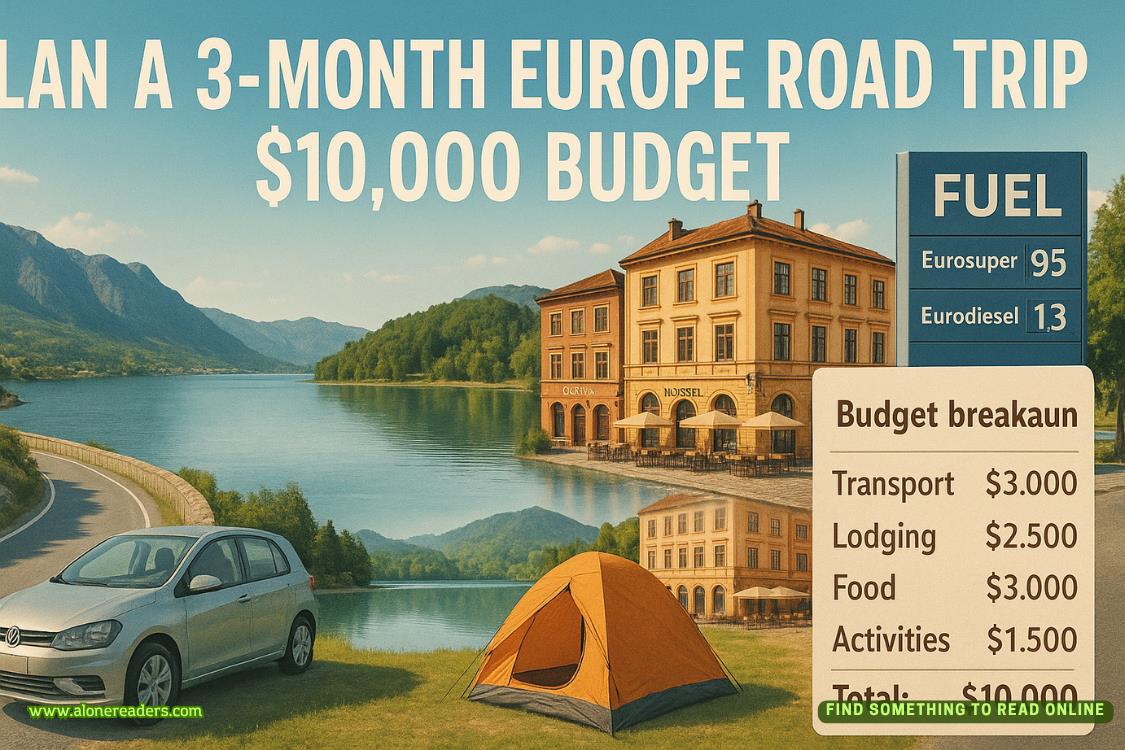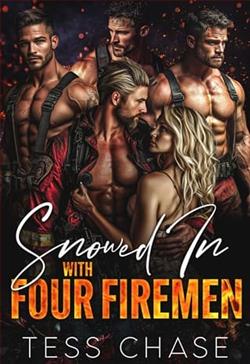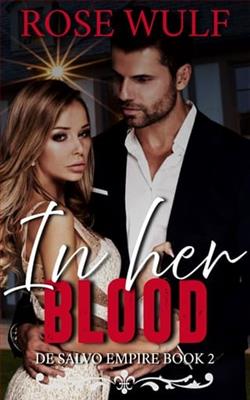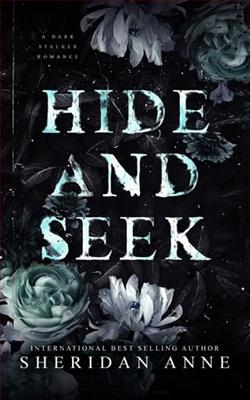Page 137 of Almost Midnight
About halfway through the trip, Nick ended up close to the front with Walker, mostly to watch how the two humans drove the monstrous thing.
He could feel the walls and floors and ceiling of the truck vibrating, and when he asked what that was, he was told it was a mobile version of the same tech that was used on the greater dome walls. It wasn’t as strong, since the truck wasn’t big enough to house an energy source large enough to emulate the domes, but it worked the same way.
The submarine also used that tech, Forrest explained.
But being so much bigger, with over half of its bulk devoted to energy storage and a massive fusion reactor, the submarine’s shields were exponentially stronger than what they could manage with the all-terrain vehicle.
The ride was rough, though.
Nick asked the drivers a lot of questions.
They were hesitant at first, and Nick thought he might need to use vampire tactics to get them to cooperate, but in the end they seemed to make up their minds about him and talked him through all the quirks of the vehicle. They answered his questions about the gears and manual settings, showed him how the shields engaged, how the comms and maps and the different sensors worked. They warned him that the GPS wasn’t always reliable in the more toxin-infused areas. The satellite links didn’t work as well, they explained, or the comms.
Gauges across the front measured the health of the shields against different toxins. It also showed signal strengths, toxicity levels both inside and outside the vehicle, and how they fluctuated in strength and composition.
They were grim about the realities as one got closer to the water.
They said it was even worse once you got past Monaco.
The waters around Italy and into Greece and Turkey were so bad that any city or town within fifty miles of the coasts had been evacuated years ago. All of the islands were deserted, even Crete. The coast lost so much usable land, a lot of that region had been absorbed into northern protected areas, especially what had been Romania, Bulgaria, Ukraine, and Russia––places with greater landmass, and the ability to absorb the displaced populations.
The reality was, most of the people living along the coasts died before the war ended.
It was a big reason why hatred towards seers had been so intense during the post-war period. Ironically, now vampires, who’d been human allies during the wars, were hated and feared more than seers. Nick suspected that was at least partly because seers blended in with humans better than vampires did.
And there was thehumans-as-foodthing, of course.
But that made him think of something else.
When he retreated to the back of the vehicle, Nick deliberately sat next to Malek.
“The seers never left, did they?” he asked the young male quietly.
Malek looked at him, blinked.
He didn’t answer at first, only frowned.
Nick pressed the point. “I knowYileft. It sounds like his father came to get him that time, too. But the rest of them? They didn’t leave.”
Slowly, Malek shook his head, thoughtful.
“No, I don’t think they did.”
“Did you ever paint anything about that, Mal?”
There was another silence.
Then Malek grimaced. “I think I did once, yes.” He looked at Nick, his mismatched eyes wider. “I thought it was the future when I painted it. Usually, I paint the future.”
“What did you paint?” Nick asked.
He glanced around the back of the vehicle, but no one was listening to them.
“The humans killed them,” Malek said. “In my painting, they were rounded up in pens and taken out with bioweapons.”
Nick winced. “Is that part of what we’re seeing here?”
Malek blinked, thoughtful. “I don’t know,” he said after a pause. “Possibly. Idothink they killed the seers partly in retaliation for what happened here.” Malek focused on Nick. “Yi ordered them to kill everyone in Europe. Everyone.”
